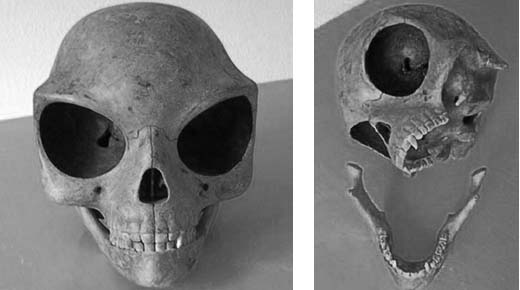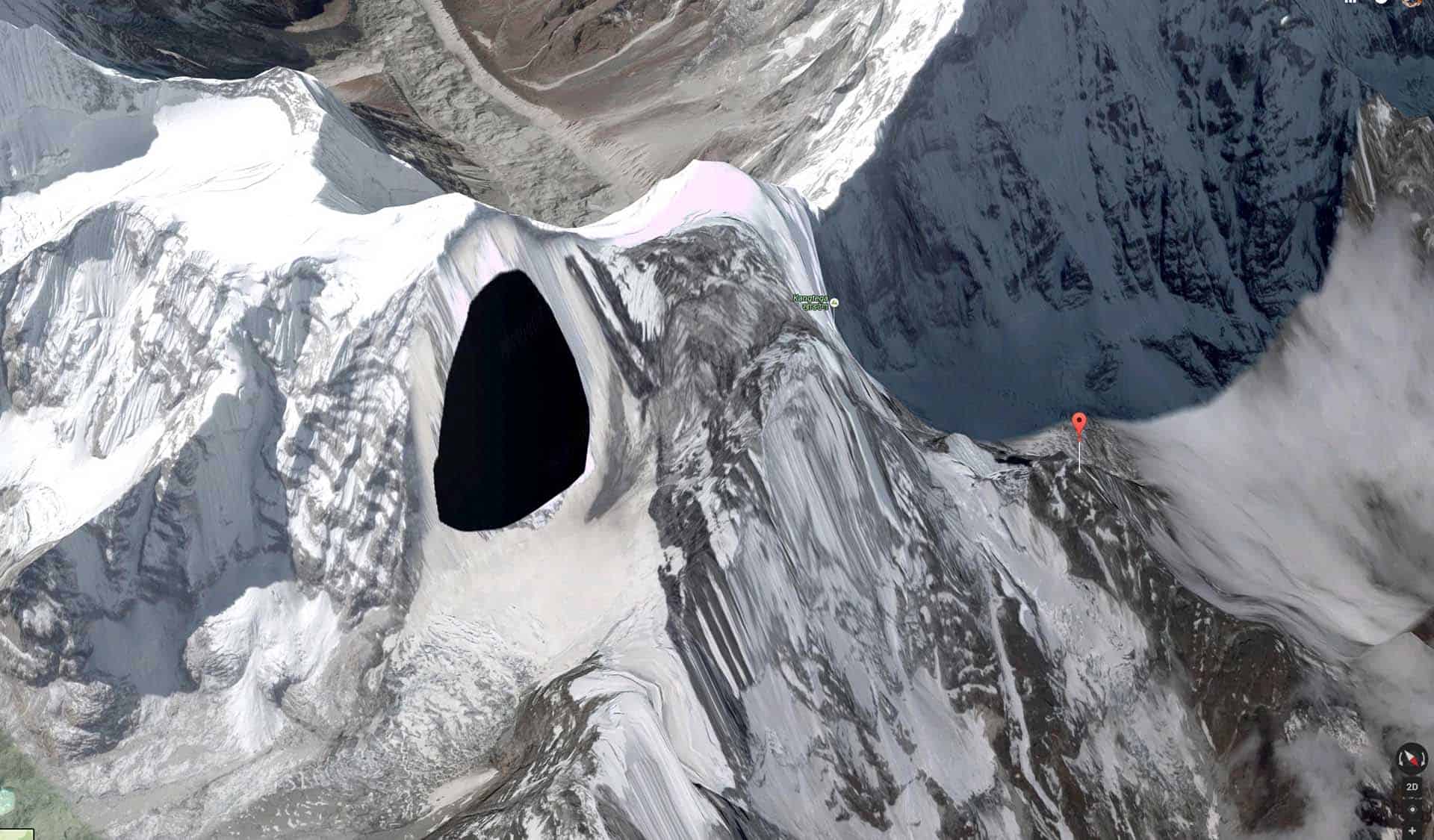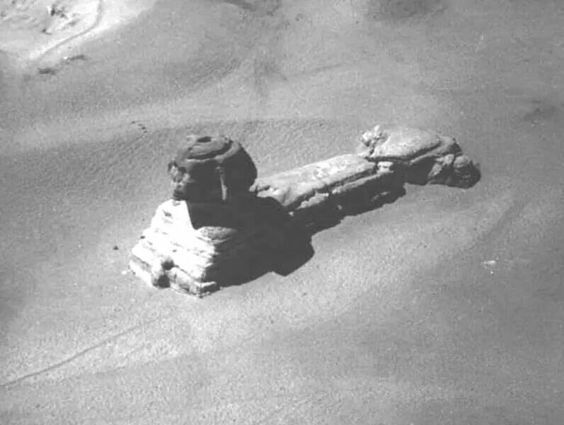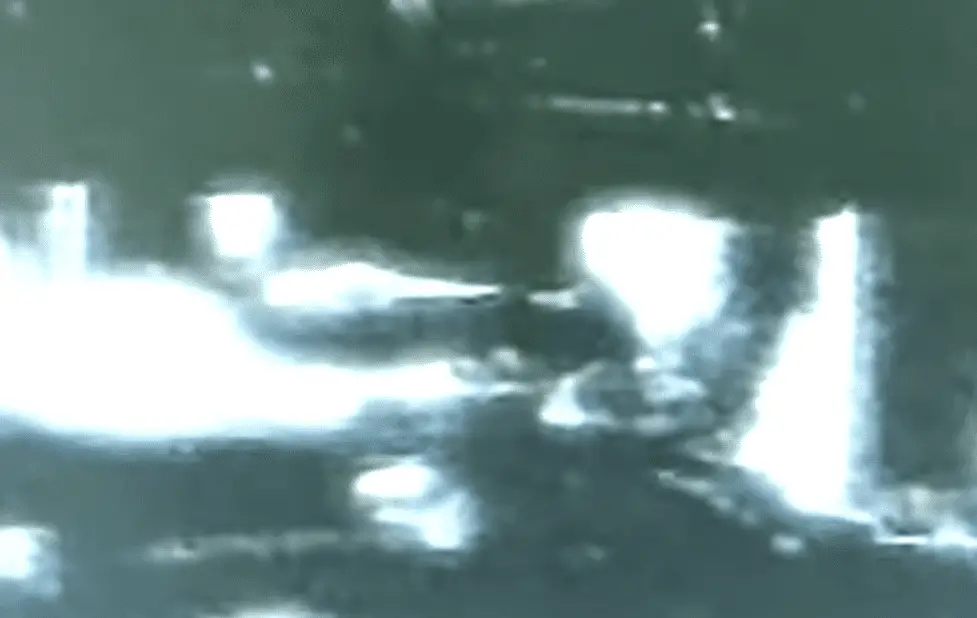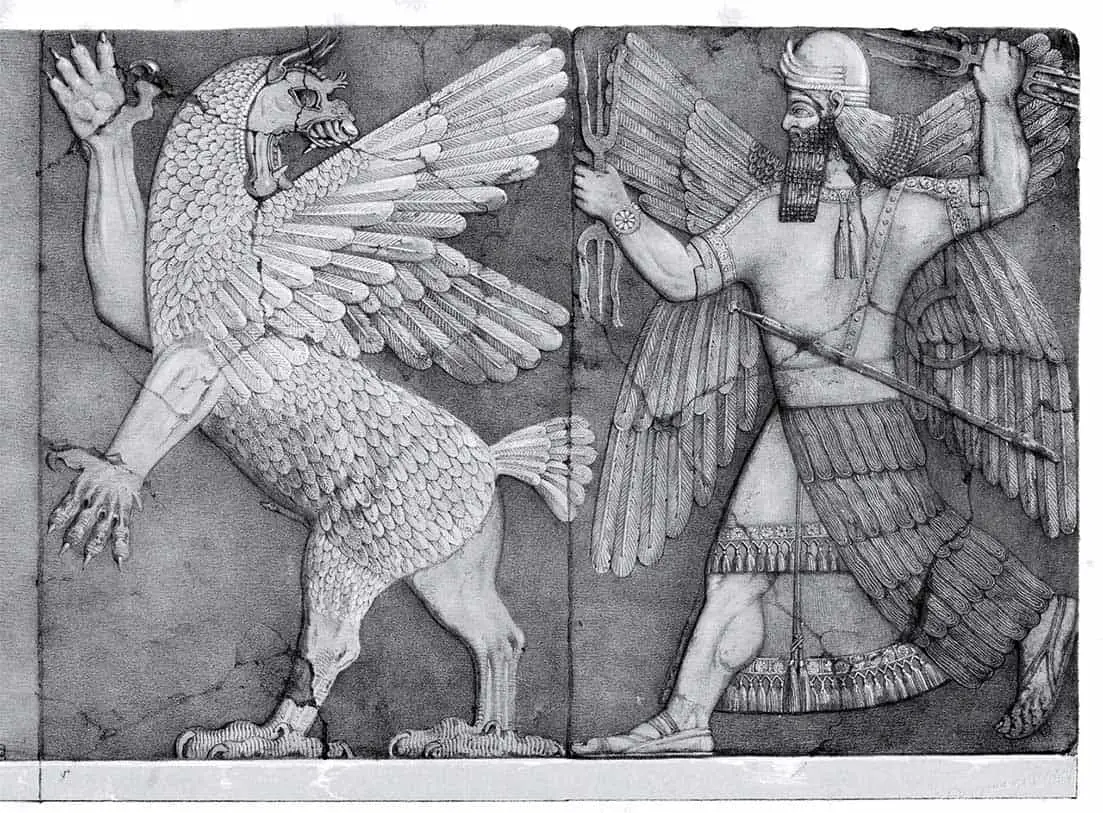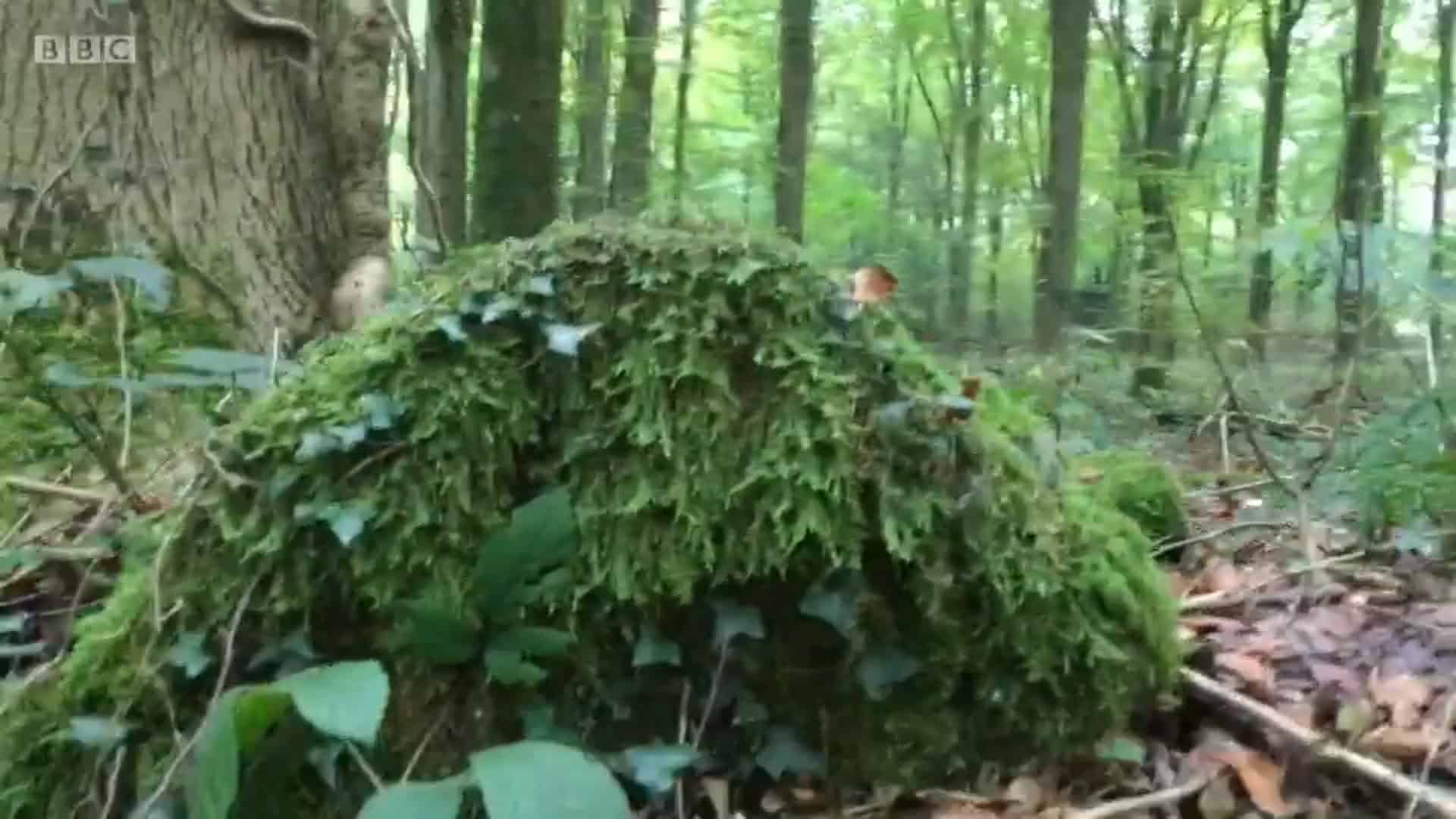
A British archaeologist recently made an incredible discovery in a forest: A 4.000-year-old stone circle, the first of its kind found in Gloucestershire, the Daily Mail reports:
“A ‘very significant’ discovery of a Bronze Age monument has been uncovered after being hidden under foliage in the Forest of Dean.
“Dating back to about 2,000 BC the circular ritual ring was found during a LiDAR laser scan of the area.
“The findings, known as a ring cairn, consist of a circular bank with limestone standing stones.”

The discovery was made by Jon Hoyle, an archaeologist, who studied a light detection and ranging (LiDAR) scan of the woodlands and found something he wasn’t expecting. Hoyle recalls:
“It was very exciting. I was expecting to find quite a lot of new sites with the LiDAR, but nothing as interesting as this.”
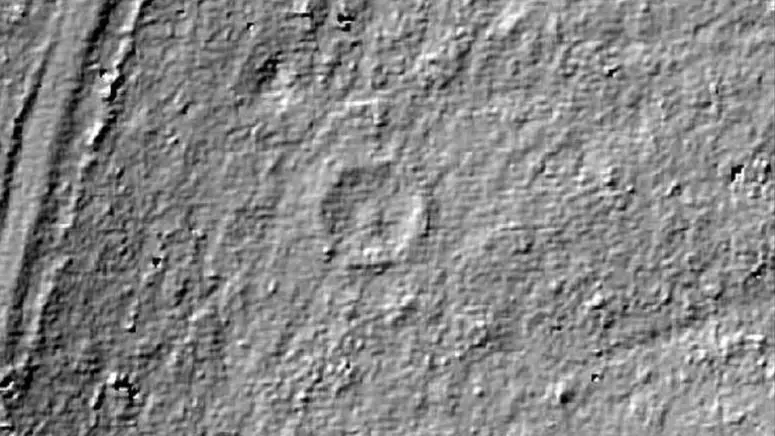
Hoyle originally though the circle he saw on the scan might be a World War II gun emplacement, but when he went to the location of the object, he knew he had been wrong. Instead, he had just located a magnificent example of a stone circle.
Purpose of Stone Circles
Though stone circles have been found all over the United Kingdom over the decades, they remain a mystery in many ways.
For example: What purpose did they serve? Hoyle admits that’s not clear:
“Nobody knows precisely what they were used for. Some have been found in association with burials, and often there appear to be residues of charcoal in places like this, suggesting rituals that involved fire.”
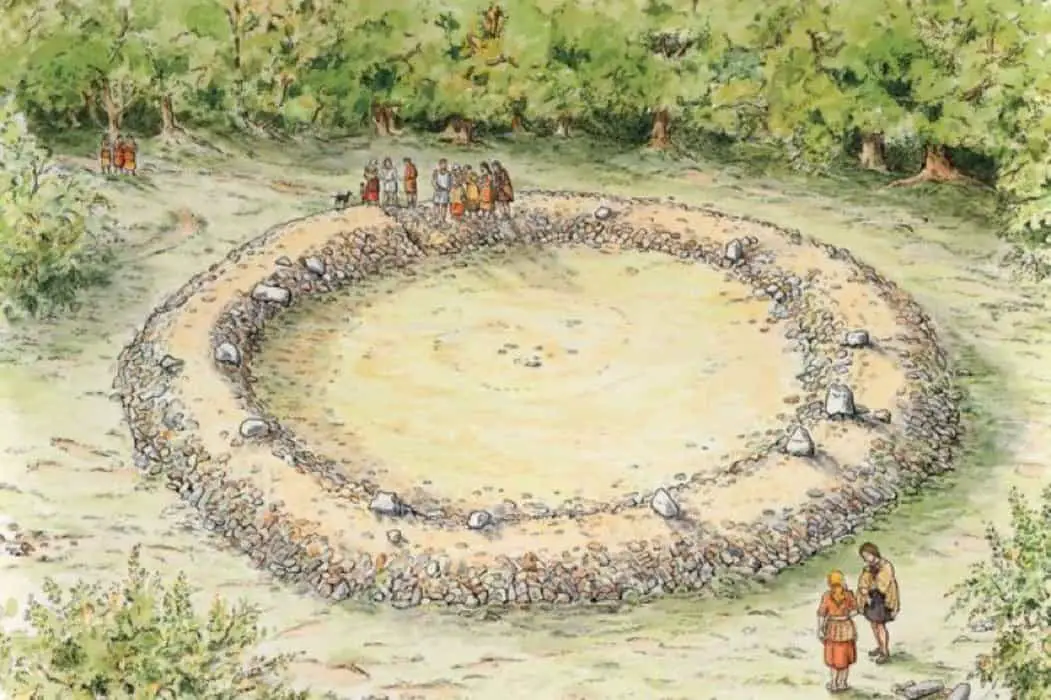
Smaller Than Stonehenge
The stone circle is much smaller than other more well-known cairns such as Stonehenge, but a description of it from The Sun and video of the site provide ample evidence that the site is indeed a major find when it comes to better understanding ancient history and the beliefs of those who came thousands of years before us:
“‘The Gloucestershire ring cairn is about 80 feet wide and the circle rubble bank around it is 16 feet thick.’ About 10 white limestone standing stones that are covered with vegetation are located on the ring. They are roughly three feet (one meter).”
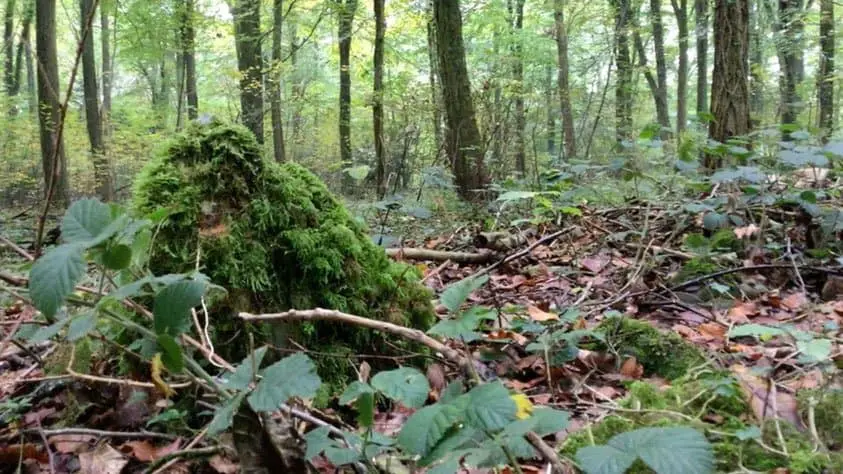
While Hoyle noted that he and many other researchers remain uncertain the full purpose of stone circles, others believe they may have played a more “cosmic” role:
“One group of researchers claim to have the answer. They have found evidence that these stone circles were erected with cosmic influences: that is, they were placed specifically to better see the Sun, the Moon and the stars.
“An academic called Alexander Thom spent several decades studying Britain’s standing stones, starting in the 1930s. Due to their geometric accuracy, and despite the fact that the stones were made up of various shapes, Thom proposed that standing stones served as observatories: places to best watch the stars.”
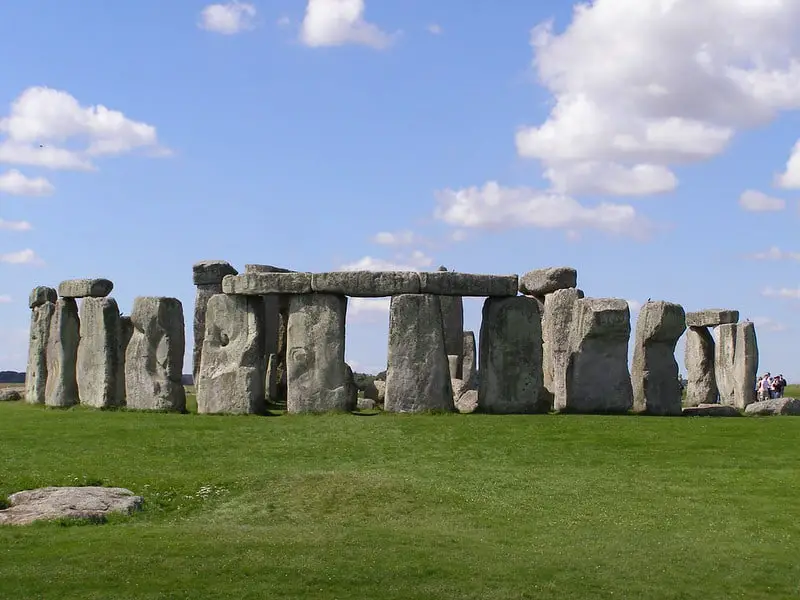
However, Kenneth Brophy of the University of Glasgow in Scotland disagrees with imparting the structures with such motives, noting:
“That’s a very modern way of looking at the world.We have to understand them through power structures in society, rather than emphasising arcane mathematical measurements. There’s nothing we can see in prehistoric people in other walks of life that suggests they had this highly mathematical view of the world.”
And Gordon Noble of the University of Aberdeen calls stone circles houses for the departed:
“They’re essentially very large houses for the dead and spirits. The dead probably continued to influence the everyday life.”
Though we may never know the reason for these incredible structures, they continue to fascinate us centuries after they were first built.
Here’s more on the stone circle found in Gloucestershire from the BBC:
Featured Image Via BBC Screenshot

